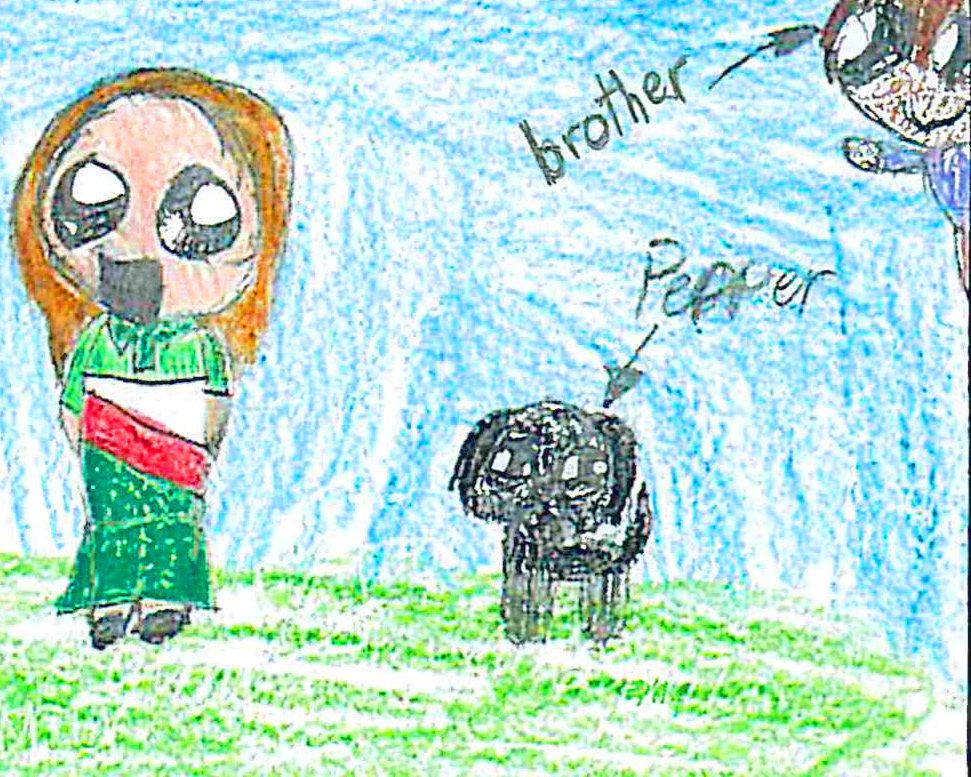Languages: French - Satisfactory - Years 3 and 4
Portfolio summary
This portfolio of student work shows that the student can interact with teachers and peers through classroom routines, action-related talk and play (WS3). The student exchanges greetings and wishes (WS2) and responds to familiar instructions and to questions. The student shares simple ideas and information (WS3), expresses positive and negative feelings (WS1, WS2) and asks for help, clarification and permission. The student interprets visual, non-verbal and contextual cues such as intonation, gestures and facial expressions to help make meaning (WS1). The student makes statements using the present tense (WS3) and present + infinitive form about self, family and interests (WS2, WS3). The student approximates the sounds, rhythms and pitch of spoken French (WS3). The student comprehends simple, spoken, written, visual and multimodal texts, using cues such as context, graphics, familiar vocabulary and language features (WS1). The student uses modelled sentence structures to compose short original texts such as descriptions (WS2), captions or simple narratives, using conjunctions (WS2, WS3), and prepositions. The student uses vocabulary related to familiar contexts and their personal worlds and applies gender and number agreements in simple constructions (WS2, WS3).
The student knows that French is a significant language spoken in many parts of the world, including Australia; that it is similar to English in some ways (WS2) and different in other ways (WS1, WS3). The student knows that languages change over time and influence each other. The student identifies French words used in English and English words used in French (WS2). The student demonstrates understanding of the fact that language may need to be adjusted to suit different situations and relationships (WS2). The student explains how French has its own rules for pronunciation (WS1, WS3), non-verbal communication and grammar.


